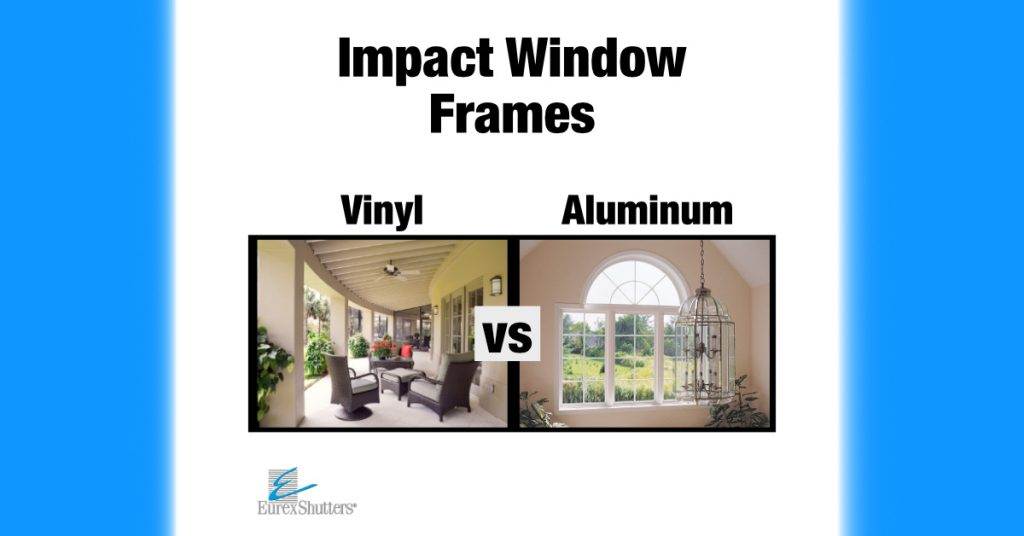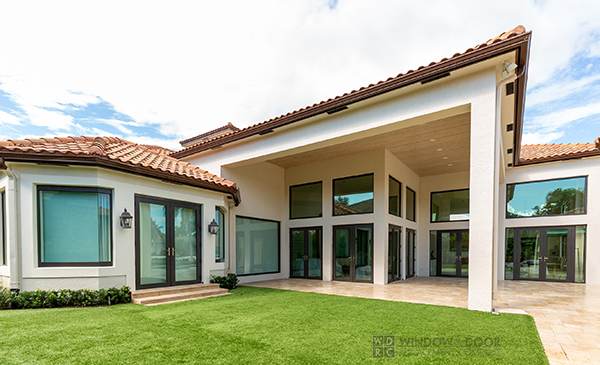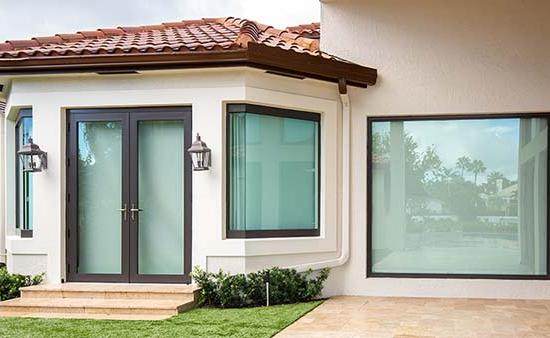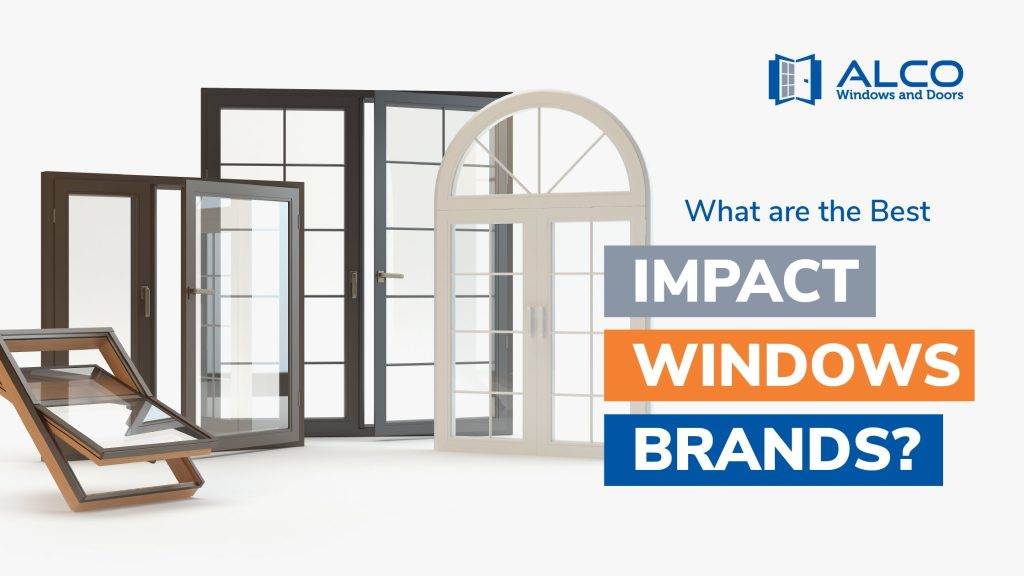Have you ever wondered what color tint is best for impact windows? Well, look no further! In this article, we will explore the different options available and provide you with some valuable insights to help you make an informed decision. Whether you are looking for enhanced privacy, increased energy efficiency, or simply want to add a touch of style to your home, we’ve got you covered. So, let’s dive right in and find out which color tint is the best fit for your impact windows!
Benefits of Color Tint for Impact Windows
Adding a color tint to your impact windows can offer numerous benefits for your home. From enhanced energy efficiency to improved aesthetics, the right color tint can elevate the functionality and appearance of your windows. Let’s explore some of the key advantages of color tint for impact windows.
Enhanced Energy Efficiency
One of the main benefits of color tint is its ability to enhance energy efficiency. By adding a tint to your impact windows, you can reduce the amount of heat that enters your home during hot summer months. This helps to alleviate the strain on your air conditioning system, leading to lower energy bills and a more comfortable indoor environment. Additionally, color tint can also minimize heat loss during the winter, keeping your home warm and cozy.
Reduced Glare
Another advantage of color tint for impact windows is the reduction of glare. Glare from sunlight can be a nuisance, causing discomfort and making it difficult to see screens or other objects clearly. By choosing the right color tint, you can effectively reduce glare, allowing you to enjoy natural light without the inconvenience of excessive brightness.
Increased Privacy
Color tint provides an additional layer of privacy for your home. With tinted windows, it becomes harder for people outside to see into your living space, ensuring a greater sense of privacy for you and your family. This is particularly beneficial for ground-level windows or properties located in close proximity to neighbors or busy streets.
Improved Aesthetics
Apart from the practical benefits, adding a color tint to your impact windows can significantly enhance the overall aesthetics of your home. The right tint can complement your architectural style, interior design, and even the surrounding environment. With a wide range of color options available, you can choose a tint that matches your personal preferences and adds a touch of elegance to your property.
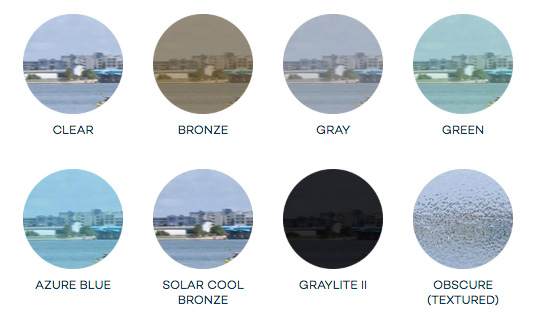
This image is property of impactwindowcenter.com.
Factors to Consider Before Choosing a Color Tint
While color tint offers many advantages, it’s important to consider several factors before selecting the best option for your impact windows. Understanding these factors will help you make an informed decision that aligns with your specific needs and circumstances.
Climate
The climate in which you reside plays a crucial role in determining the most suitable color tint for your impact windows. If you live in a region with predominantly hot and sunny weather, a tint that offers high heat reduction would be ideal. On the other hand, if you experience cold winters, a tint that provides good heat retention would be more suitable.
Exposure to Sunlight
Consider how much sunlight your windows receive throughout the day. Windows that are exposed to direct sunlight for extended periods may benefit from tints that offer enhanced glare reduction. Additionally, if your windows face east or west, where the sun’s glare tends to be more intense during specific times of the day, a tint with superior glare reduction properties would be advantageous.
Architectural Style
The architectural style of your home is an important consideration when choosing a color tint for your impact windows. Different tints can complement various architectural designs, enhancing the overall aesthetic appeal of your home. For example, a modern-style home may benefit from a clear or reflective tint, while a traditional or Mediterranean-style home may look best with a warm bronze or amber tint.
Interior Design
The interior design of your home should also be taken into account when selecting a color tint. Consider the color palette and overall ambiance of your interior spaces. A tint that harmonizes with your existing décor can create a cohesive and visually appealing atmosphere. On the other hand, a mismatched tint may clash with your interior design and disrupt the desired aesthetic.
Neighborhood Guidelines
Some neighborhoods have specific guidelines or restrictions regarding the appearance of windows. Before choosing a color tint, it’s important to review any guidelines or regulations that may apply to your property. Ensure that the chosen tint complies with these guidelines to avoid potential issues and maintain a harmonious appearance within the neighborhood.
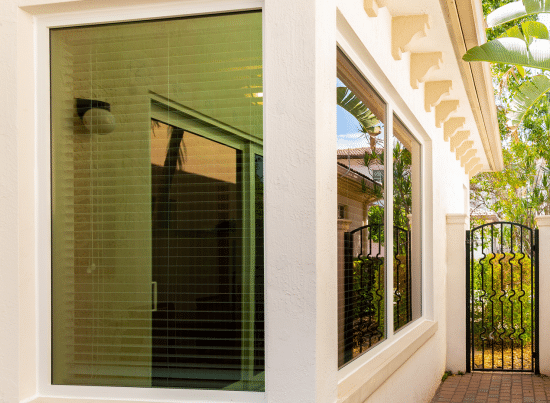
This image is property of www.windowanddoorreplacementcompany.com.
Different Color Tints for Impact Windows
Now that we understand the benefits of color tint for impact windows and the factors to consider, let’s explore some of the different color options available.
Clear Tint
Clear tint offers a neutral appearance and high visible light transmission, allowing ample natural light to enter your home. While clear tint provides minimal heat reduction, it doesn’t compromise visibility. However, it offers limited glare reduction, so if glare is a concern, you may want to consider other options.
Gray Tint
Gray tint provides a subtle shading effect to your windows, reducing the intensity of sunlight. It offers increased heat reduction compared to clear tint and good glare reduction. With moderate visible light transmission, gray tint strikes a balance between heat reduction and maintaining natural light in your space.
Bronze Tint
If you prefer a warm, amber appearance for your windows, bronze tint may be an excellent choice. Along with good heat and glare reduction, bronze tint offers moderate visible light transmission. Its rich color can add warmth and depth to your home’s interior and exterior.
Blue Tint
For a cool, blue appearance, blue tint is an excellent option. Blue tint provides enhanced glare reduction and moderate heat reduction. However, it may reduce visible light transmission more than other tints. Blue tint can create a refreshing and calming ambiance in your living spaces.
Green Tint
Green tint offers a calm, natural appearance and improved heat and glare reduction. With reduced visible light transmission, this tint can create a more relaxed and comfortable environment. It complements homes with natural elements and earthy color schemes.
Amber Tint
Similar to bronze tint, amber tint provides a warm amber appearance. It offers high heat and glare reduction, making it an excellent choice for regions with intense sunlight. However, amber tint has minimal visible light transmission, so it may be best suited for areas where privacy and heat reduction are the primary concerns.
Reflective Silver Tint
Reflective silver tint provides a contemporary and sleek appearance. It offers enhanced heat and glare reduction while maintaining minimal visible light transmission. The reflective nature of this tint also provides some level of privacy during the daytime.
Reflective Bronze Tint
Reflective bronze tint offers a warm bronze appearance, similar to traditional bronze tint. It provides enhanced heat and glare reduction, making it ideal for regions with intense sunlight. With minimal visible light transmission, this tint ensures privacy during the daytime while adding a touch of elegance to your home.
In conclusion, the best color tint for impact windows depends on various factors such as climate, exposure to sunlight, architectural style, interior design, and any neighborhood guidelines. Each color tint offers unique benefits in terms of aesthetics, energy efficiency, glare reduction, and privacy. Consider these factors carefully and choose a color tint that not only meets your functional needs but also enhances the overall beauty and comfort of your home. With the right color tint, you can transform your impact windows into a stylish and functional feature of your property.
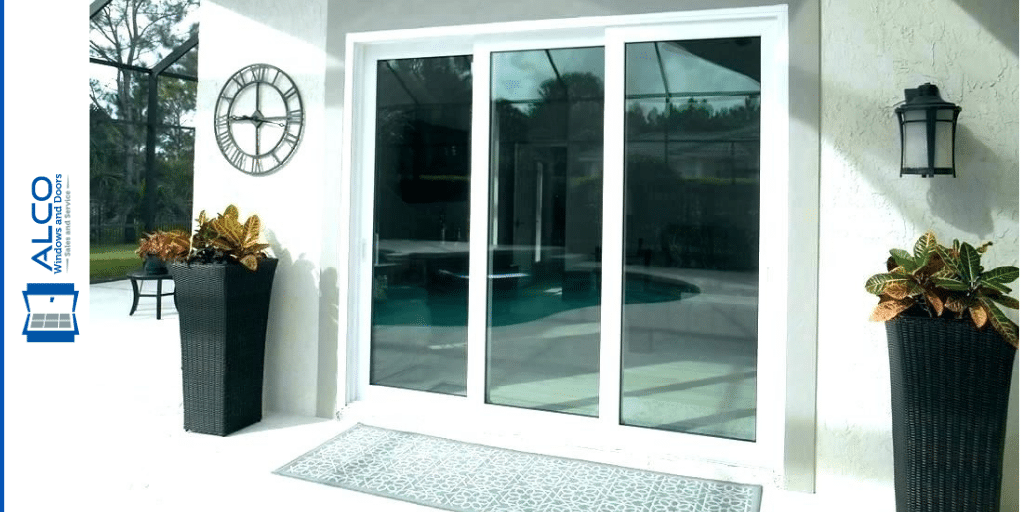
This image is property of info.alcoimpact.com.

